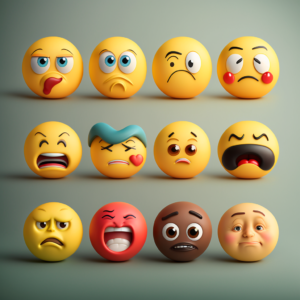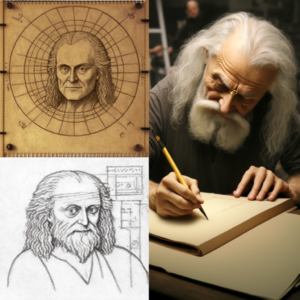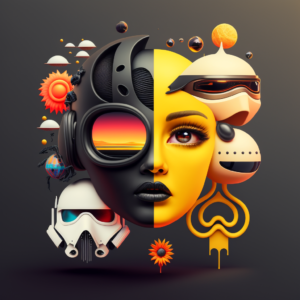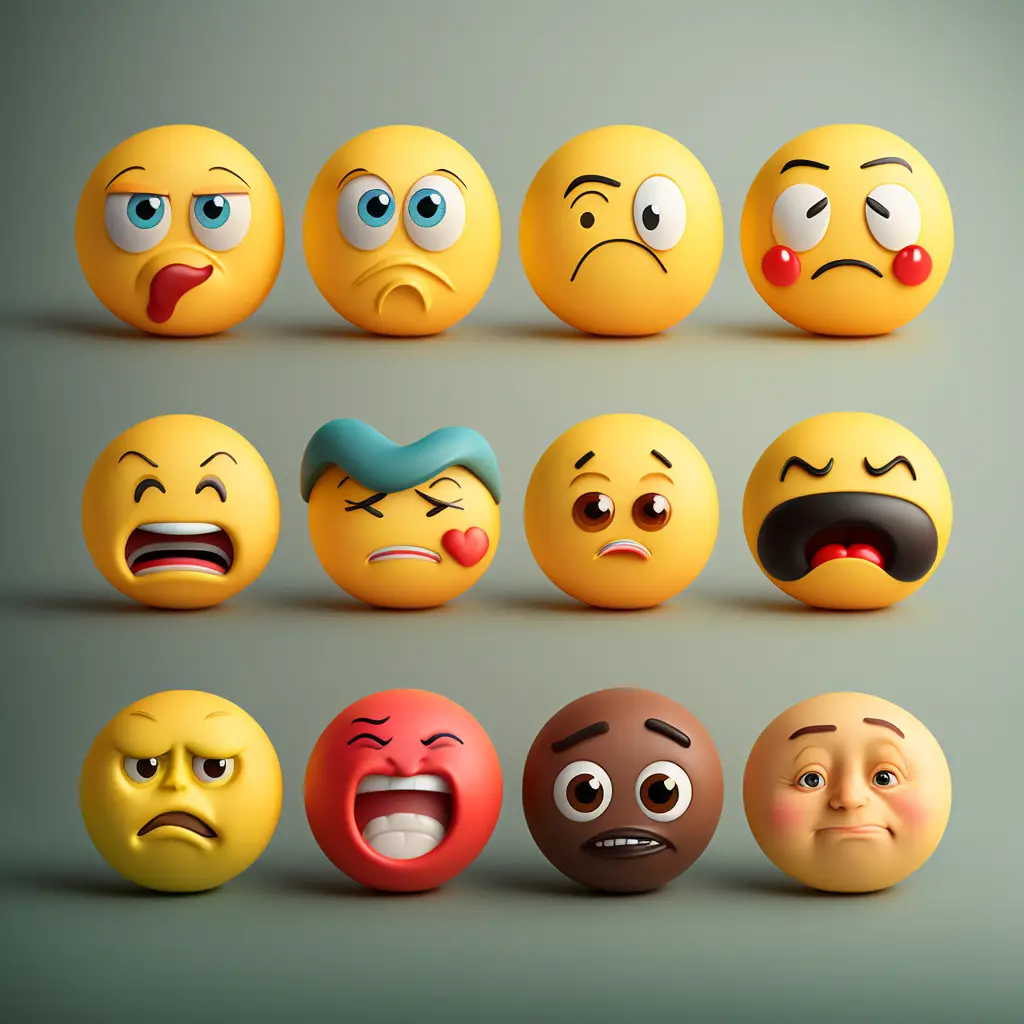
Emojis are a creative and fun way to express yourself and add emotion to your conversations. They have become a universal language, used by people of all ages, cultures, and backgrounds.
From happy faces and hearts to animals and food, emojis are a fun and easy way to spice up your chats. Whether you’re expressing yourself in a text message, email, or social media post, emojis can help you get your message across.
But have you ever stopped to think about the history of emojis? Where they came from, why do they look like that, and what the future holds for them?
Let’s find out!
The history of the emoji
The history of emojis started in Japan in the late 1990s. A team of developers was working on a set of 12 icons, which were inspired by manga and kanji characters. These icons were designed to be used in Japanese pagers and were used to communicate emotions and ideas quickly and easily.
Even the word “emoji” is fun. Its literal meaning is picture (“e”) and character (“moji”) combining to be a Japanese word meaning “picture character.” It is used to describe the small digital images or icons used to express emotion in electronic communication. Emojis are used in text messages, emails, and other digital communications, and are becoming a popular way to express emotion or add fun to conversations.
Since then, the emoji has taken off and become a global phenomenon. Emojis are now available in many different forms, including on smartphones, in text messages, and on social media platforms.

The history of emoticons
The use of emoticons dates back to the 1880s in the form of typographical art. In 1881, the magazine Puck published an article about the use of typographical art in the form of a smiley face. This article was likely the first documented use of a smiley face in print. As the use of computers and the internet became more popular in the 1980s and 1990s, the use of emoticons had become more widespread.
The first known modern use of emoticons dates back to 1982 when Professor Scott Fahlman of Carnegie Mellon University suggested using “:)” and “:(” to indicate a joke or serious comment on an online message board.
The idea quickly caught on, and emoticons such as :D, :P, and 😉 soon followed. The use of emoticons has only grown in popularity since then and continues to be used in various forms of digital communication. Some of the more popular emoticons have evolved into what we now recognize as emojis.
In 1998 Shigetaka Kurita created the first list of 180 emoticons. Kurita was a member of the research and development team at the Japanese telecoms company NTT DoCoMo. He created a collection of emoticons to help make emails easier to understand.
His design featured a combination of punctuation marks, numbers, and letters, which created a simple smiley face, among many others.
The Unicode Consortium and emojis
The Unicode Consortium, or legally, Unicode, inc, is a non-profit organization with a mission to help make computers and technology accessible to everyone around the world.
The organization boasts of membership and fees from nearly all the major tech giants of the past 20 years. In 2010, Unicode decided to include emojis in their vast set of data and usable text. In four short years, Unicode 6.0 included 722 different emojis in their collection.
By 2022, Unicode includes 3,633 different emojis in their official Unicode Standard.
The future of the emoji
The future of the emoji is looking bright. As technology allows for more creativity and personalization, the possibilities for emojis are endless.
We can expect to see more diverse sets of emojis, with different skin tones, genders, and styles. We may even see emojis that represent different countries, cultures, and lifestyles. We may also see emojis become more interactive.
For example, they could be used to control our smart home devices, to play games, or to create complex messages that can be read by computers and robots.
The possibilities are endless and the future of the emoji looks exciting!

You might also be interested in reading about The Hanging Gardens of Babylon.





